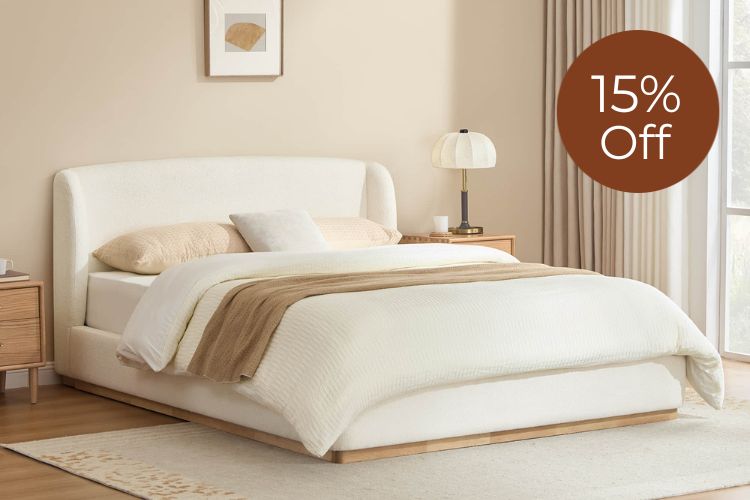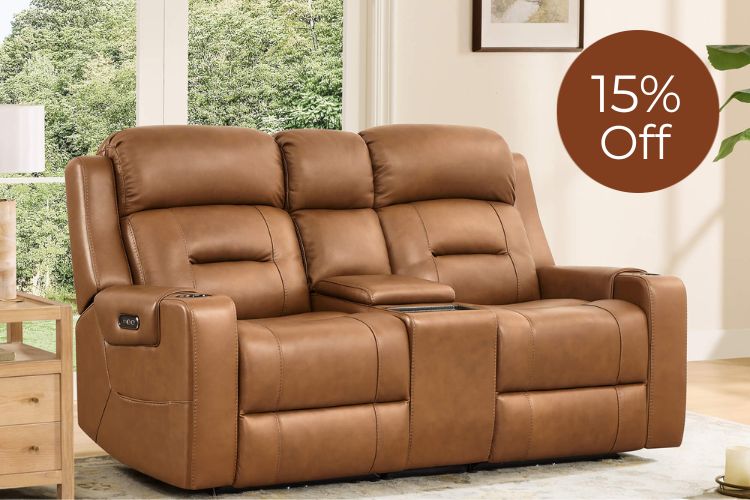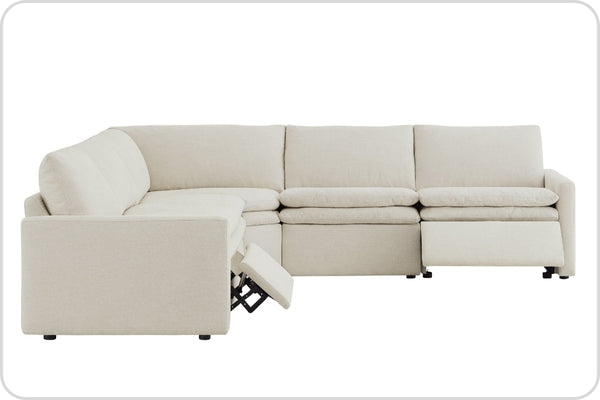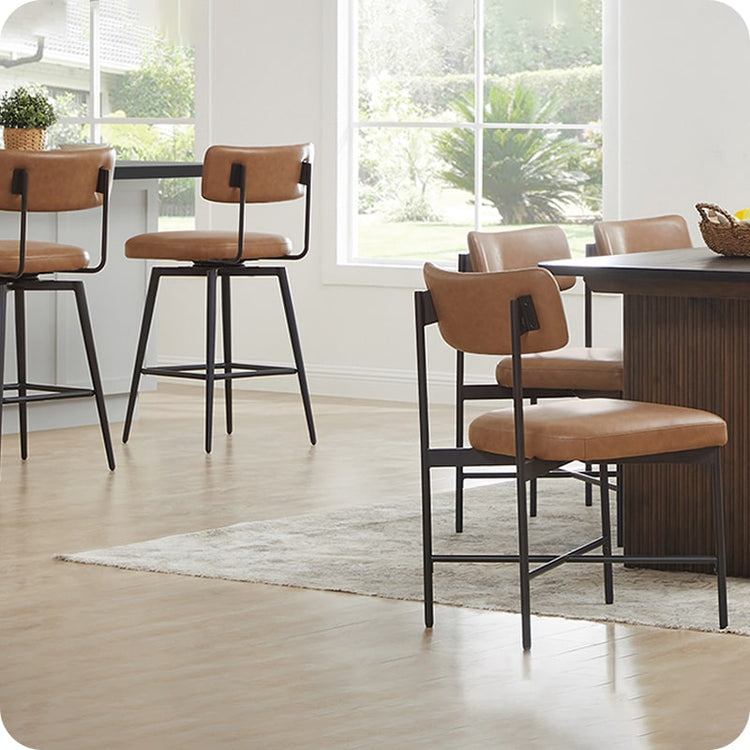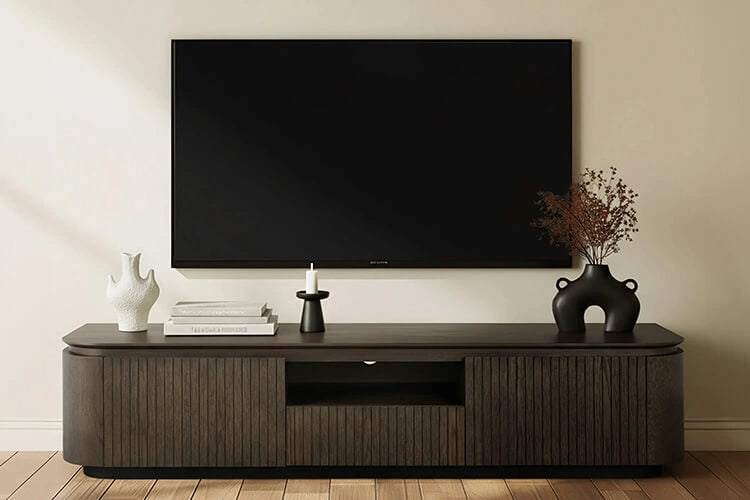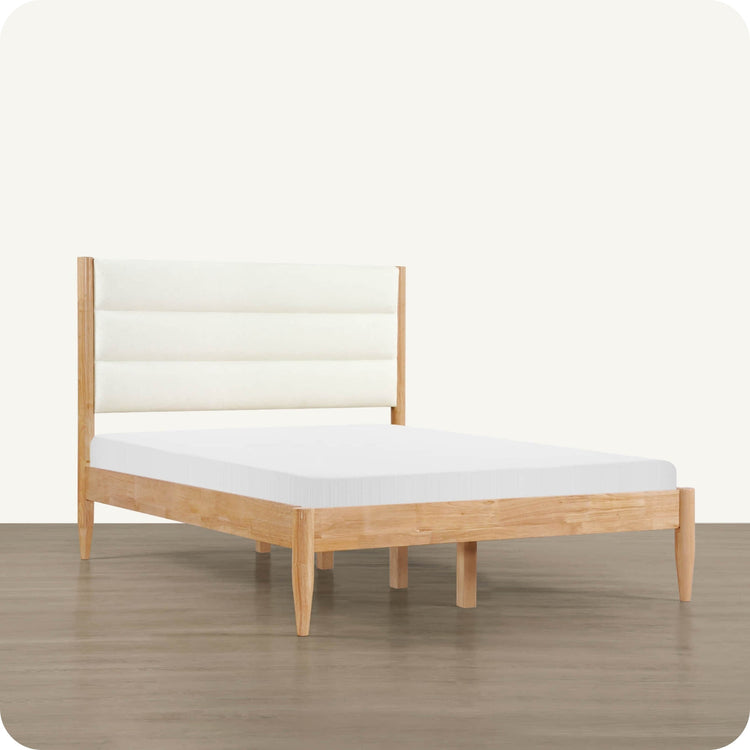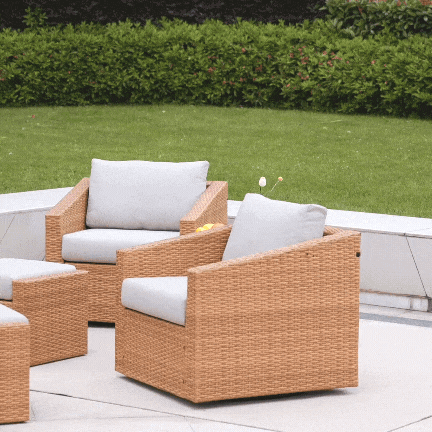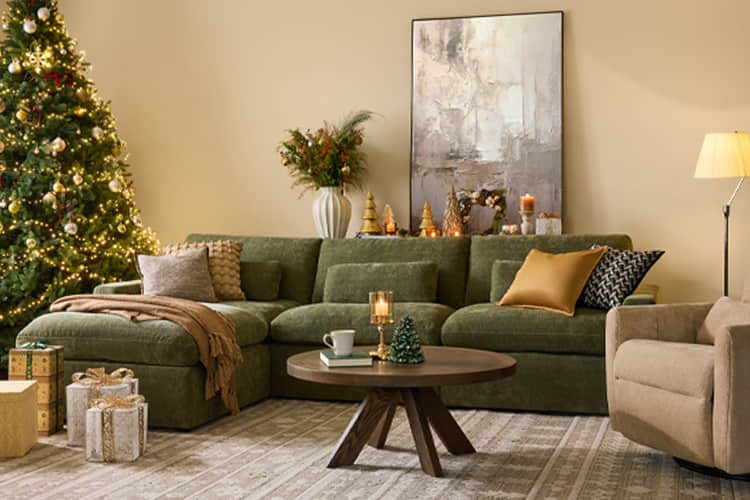Sleep, glorious sleep – it's the foundation of good health and a quality life. Yet, so often, its importance is undercut by the very place we lay our heads: our bed. The pursuit of the perfect slumber isn't just about closing your eyes; it's about where you rest them. This guide will take a look at what it takes to choose a comfortable bed that will give you restful nights and ensure that every morning is as golden as the dawn.
Choosing the Right Bed Size
Have you ever tried squeezing a king-sized bed into a shoebox apartment? Or maybe felt lost in an empty room with just a tiny twin bed for company? Size matters when it comes to your bed; your choice should harmonize with your living space while providing ample room for a tranquil sleep. There's a world of options out there: the compact Twin for the solo sleeper who loves curling up with a good book; the Twin XL for those extra inches of legroom; the Full or Double, which offers more elbow room for a solo sprawl or a cozy fit for couples; the Queen, the most popular pick, balancing space and comfort; the expansive King, a luxury if you're sharing the bed; and the California King, a longer version for the taller folks among us.

Understanding Bed Styles
When it's time to hit the hay, the kind of bed you choose can make all the difference. If you're all about no-fuss and comfort, a standard bed frame is your go-to – it's the most widely used because of its simple setup and timeless appeal. For something with a bit more of a 'now' vibe, platform beds are low to the ground and scream modern cool. Their low height makes getting in and out a breeze, and they often come with slats that provide a supportive but forgiving mattress foundation-an excellent choice for those who suffer from back pain. Got a taste for the finer things? Canopy beds are like sleeping in a fairytale – they're classy and cocoon you in style. And if you're living that compact city life or just love a clutter-free space, Murphy beds flip up and hide away, making any room a multi-use winner.
Selecting a Sturdy Bed Frame
A solid frame does more than hold up your mattress-it provides stability so that every toss and turn doesn't result in a symphony of squeaks. Wood frames are classic and bring a warm, inviting vibe to your room. They're sturdy, durable, eco-friendly, and have that timeless look that never goes out of style. Some come with 16 slats and up to 6 central support legs, which means your bed isn't going anywhere but to sleepville, such as Serene Full Contemporary Upholstered Platform Bed. Its excellent solid wood frame can hold up to 700 pounds for a full size and 800 pounds for a queen size-so go ahead, pile on the pillows, the pets, and the kiddos for a bedtime story. Metal frames? They're tough cookies with a sleek edge-plus, they're champions at resisting wear and tear. Upholstered frames: these guys bring luxury to the bedroom and are soft to the touch-an excellent bumper for those midnight bathroom trips.

Improving Bedroom Style with Headboards
Leaning back to find a hard, unforgiving surface instead of a soft, supportive pillow can be an unwelcome surprise. Equally frustrating is waking up to find that your pillow has slipped into the gap between the bed and the wall. The solution? A headboard. When it comes to headboards, variety is the spice of life. But if you're looking for something plush, let me point you towards a solace and serene upholstered headboard, especially one covered in bouclé fabric. Why bouclé? Well, its soft texture feels like a dream against your skin, adding an extra layer of comfort to your bed. Plus, the gentle natural tones create a calming atmosphere, making your bedroom a true sanctuary. And don't worry about durability; with a solid hardwood frame, this headboard is built to last.
Selecting the Perfect Bed Height
Have you ever noticed that the height of your bed can actually impact how well you sleep? While it might seem like a small detail, the elevation at which you slumber plays a crucial role in your comfort and accessibility. Here are three key aspects to consider when deciding on the optimal bed height:
- Ease of Access: For those with less flexibility or older adults, the height of a bed is critical. If it's too high, it might be challenging to climb into after a long day. Conversely, a bed that's too low can be difficult to get out of in the morning. Selecting an appropriate height helps reduce the effort needed to get in and out of bed, thereby enhancing overall comfort.
- Temperature and Ventilation: The position of your bed relative to the floor can affect your sleeping temperature. Cooler air settles near the ground, so a lower bed could keep you cooler on hot nights, particularly in rooms without air conditioning. In contrast, during colder months, a higher bed might help retain warmth, providing a cozier sleep environment.
- Sense of Security: Bed height can also influence how secure you feel. A lower bed might give some people a sense of safety because there's less risk involved if they were to roll out of bed. Others might prefer the elevation of a higher bed for its airy feel and minimal disturbance from household pets or pests.
Considering Mattress Options
Your sleep style is as unique as you are, and your mattress needs to match that. If you're a side sleeper, a softer touch may be just what you need to cushion your hips and shoulders. For the back and stomach sleeping crowd, a firmer surface often brings the support necessary to keep your spine aligned. Common mattress options include innerspring, memory foam, latex, hybrid, airbed, and waterbed mattresses. Practical tips for mattress shopping are as follows:
- Test Drive: Whenever possible, take your potential mattress for a test nap. Many stores welcome you to lie down and see how it feels.
- Read Reviews: Others' sleep sagas can guide you well. Look for people with similar sleep styles and see what works for them.
- Understand Policies: Make sure you can return or exchange if your choice doesn't pan out after a few weeks of shuteye.
Exploring Bedding Materials
In choosing your bedding, consider these dimensions: material comfort, temperature regulation, and protective layering. Classic cotton is popular for its breathability and softness, making it comfy for most sleepers year-round. But if you're the type who wakes up feeling like you've just left the gym, materials like bamboo or special moisture-wicking fabrics could be your ticket to a cooler, drier night's rest. For layering, start with a good foundation, such as a mattress protector, which not only shields against spills and wear but can also add a bit of cushioning. For an even cozier setup, top it off with a mattress topper.
Harmonizing the Bed with Bedroom Aesthetics
While the influence of bedroom aesthetics on sleep may be indirect, the effects are quite real. A well-chosen bed that harmonizes with your bedroom's look and feel doesn't just please the eye-it creates a psychological haven that can help soothe you into a deeper, more restorative sleep. For example, whether the style of your bed frame and headboard be in tune with the rest of your decor,or has the size of your bed match the scale of your bedroom? The location also matters; positioning a bed so there's ample space to get in from either side can instill a sense of freedom and ease.
Starting Your Journey to the Perfect Bed!
Statistics show that, on average, a person spends about a third of their life in bed. This means that if someone lives to be 90 years old, they will have spent approximately 30 years of their life in bed. Given this realization, it becomes clear that investing in a comfortable, supportive, and well-crafted bed is not a luxury but a necessity. So, as you embark on your journey to find the perfect bed, keep in mind the countless nights you'll spend resting, dreaming, and recharging in it. May your search be guided by the principles laid out here, leading you to a sanctuary of sleep where every night is a gentle voyage into dreams.


